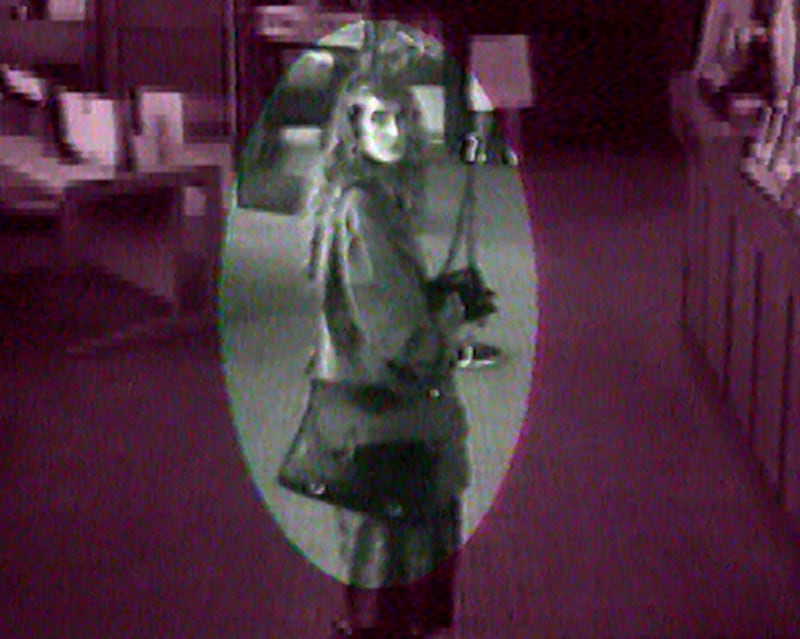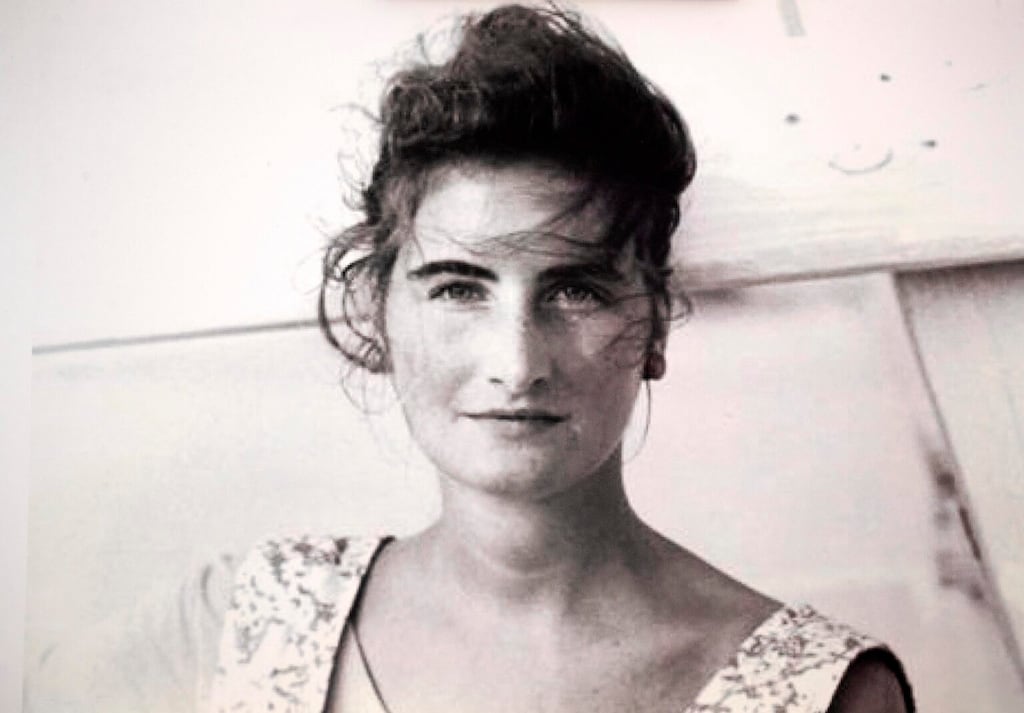Gardaí investigating the disappearance and murder of Annie McCarrick 30 years ago are re-examining the actions and movements of two men, including rechecking accounts and statements they gave in 1993, The Irish Times has learned.
Investigators are now focused closely on the men, who are now being treated as suspects, in a bid to determine if any discrepancies or shortcomings in the information they gave to detectives at the time are now seen as problematic.

Podcast: Could Annie McCarrick's disappearance finally be solved?
The examination includes the accounts of their movements on the day in 1993 Ms McCarrick vanished, and the following day, including alibis and the people who contributed to those alibis. However, while there was now a significant focus on them, other avenues of investigation were still being explored.
The Irish Times has also learned while Ms McCarrick’s mother, Nancy, wrote to Garda Commissioner Drew Harris and asked that her daughter’s case be upgraded from a missing-person inquiry to a murder investigation, her request was not the reason the investigation was upgraded.
Annie McCarrick murder: Garda cold case team hope new timeline will lead to breakthrough
Annie McCarrick’s best friend from childhood: ‘I believe she knew the person responsible for her death’
Photo of Annie McCarrick thought to be last image of her on day she disappeared in 1993 was taken 11 days earlier
The murder inquiry into the 1993 disappearance of Annie McCarrick - is it making progress a year on?
Instead, a recommendation was made by the Garda’s serious crime review team, or cold-case squad, to upgrade the inquiry. Those gardaí concluded there was a strong prospect the case could be significantly advanced, or even solved, if it was upgraded, with Mr Harris agreeing and sanctioning the upgrade.
Garda sources pointed out that when a case was upgraded to a murder inquiry it meant it was being prioritised for a range of significant extra resources, including technical analysis and forensics. They added that investment of that kind would be sanctioned only when a case had been reviewed and a conclusion reached that a breakthrough may be achieved if the extra resources granted.
The two men, from middle-class backgrounds, now being examined as suspects are middle-aged and have built business and property interests in the years since Ms McCarrick, a 26-year-old New Yorker, vanished from her Dublin 4 home on Friday, March 26th, 1993. The men no longer live in the same region and the nature of their relationship since the 1990s, or whether they are still in contact, was not immediately clear.
The narrative around Ms McCarrick’s disappearance has always involved her travelling on the day she vanished from south Dublin to Enniskerry, Co Wicklow, and later to Glencullen, Co Dublin. However, aspects of that narrative have now been discounted by detectives or are regarded as unsubstantiated. The Garda investigation is now firmly focused on Ms McCarrick’s life in Sandymount, Dublin 4, where she lived, and in parts of central Dublin rather than Enniskerry or Glencullen.

The Garda investigation is now treating CCTV footage of Ms McCarrick, recorded in an AIB bank branch in Sandymount on the day she vanished as the last sighting of her.
There were reported sightings of her travelling by bus towards Enniskerry and other sightings of her later that day in the village. Another sighting placed her that night in Johnnie Fox’s pub in Glencullen, about 6km from Enniskerry. However, Garda sources said investigators did not believe she was ever in Johnnie Fox’s, adding there was no firm evidence she was in Enniskerry on the day she vanished.














